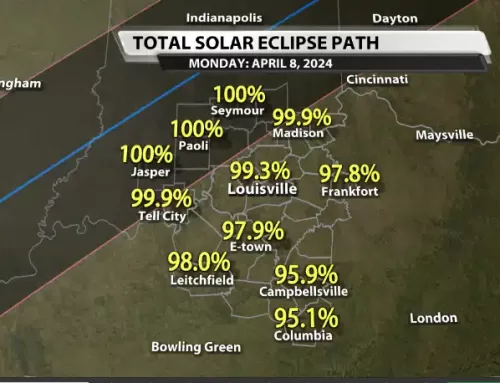
Photo: Flickr/RicymarPhotography
By James El-Mallakh–
Spring break can be a time for college students to relax and forget about school, but it can present dangers. Many well-intentioned students will travel to destinations such as Fort Lauderdale, Daytona Beach or Panama City, Fla. but will come home with an arrest record or a hospital visit.
The dangers that spring break presents to students are well-known, but some universities have been criticized for not doing enough to educate students about how to avoid these risks.
In Panama City, Fla. during spring break of 2011 there were 1,310 arrests total. A study by the American Medical Association found that, “three out of five (women) had friends who had unprotected sex while on a spring break trip and one in five regretted their vacation sexual experiences.” The figures regarding harmful encounters on spring break are well documented and there have been several television specials that spotlight stories of teenagers who have died on spring break while under the influence of some type of drug.
In response to these realities, some universities educate their student body about the dangers that can occur.
The University of Louisville has a web page with spring break safety tips. It addresses things like drunk driving, getting separated from friends, being robbed, sexual assault and avoiding balconies. It does not make any reference to safe sex practices. It alludes to date rape by telling students how to avoid “altered drinks.”
The information on the web page is “borrowed and adapted from the University of Wisconsin–Madison” and was last updated February of 2010.
In contrast, the University of Arizona has an annual spring break safety week. It includes multiple events including the chance to drive a golf cart through a course of orange cones to simulate impaired driving. Programs like UA’s spring break safety week is not common at universities.
Because of the lack of programs or educational opportunities offered by U of L, some fraternity and sorority members take the initiative to teach their peers about potential dangers. One such person is Ali Serrano, a member of Alpha Phi Omega.
“Another brother in the fraternity had actually requested the workshop. At first, I was a little hesitant because we are a dry fraternity, and I didn’t want it to seem that we were endorsing it, but I also realized that this is the real world and people drink,” said Serrano, a sophomore communications major, in an email.
“I hope that all of the members will know how to safely consume alcohol and gain an awareness of what and how much they are actually consuming,” Serrano said. Alpha Phi Omega will be holding their group discussion next week before spring break.
The history of spring break goes back to the 1950’s when Ft. Lauderdale was becoming a travel hotspot. A graduate thesis from the University of South Florida wrote that, “Fort Lauderdale struggled to maintain an image of sophistication while catering to a notoriously raucous but financially lucrative onslaught of teenage spring-breakers. Spring break determined the development of (Fort Lauderdale), and many others in Florida, by influencing municipal law, local industry, and, eventually, the cities’ own senses of identity and public image.”
The conscious intention to make dangerous decisions is almost a part of the culture of spring break. “If it happens, it happens. I don’t plan on it,” said Houston Lundy, a senior physical education major, refering to having passed out after overdrinking. He says he has taken his break in southern hotspots before, where he said he had witnessed his friends being arrested and getting into fights.
“It’s fun. Kids like to have fun, but fun things aren’t always good for you,” said Lundy.
According to a study published in the Journal of Youth and Adolescence, “Nearly one in four students had an understanding that they would get drunk during spring break and five percent had an understanding to have sex with someone new during Spring Break.” The study examined 651 college students, male and female, not all of whom took a spring break to a party destination; only 23 percent of the group sample took a spring break trip with friends.
For student who are going to party destinations, some studies put the number of intentional sex-seeking behavior much higher.
“More men than women intended to have casual sex but similar percentages of men, 15 percent, and women, 13 percent, had actually engaged in casual sex,” a study by the Journal of Sex Research said. The study said a bulk of these intentions were created by social norms expressed through peer groups.
Daniel Johnson is a sophomore CIS major who will be going to Panama this year for his first spring break trip. He says he learned of the dangers that spring break can bring from “watching movies, hearing about it and talking to friends.” He says he is prepared for what may happen but is still concerned. “Knowing about the danger, it makes me concerned for me and for my friends’ safety.”
[email protected]
Photo: Flickr/RicymarPhotography



